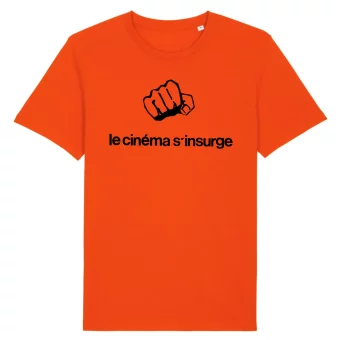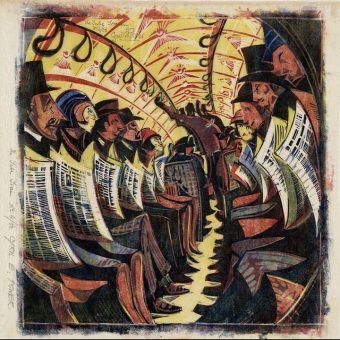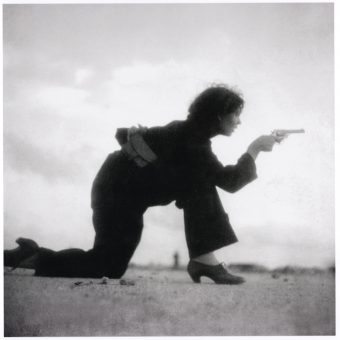“A complete treatment of the construction and use of lensed optical instruments. Presented in three fundamentals, that is, bases: the physical, the mathematical, and the practical or mechanical”
– Oculus Artificialis Teledioptricus sive Telescopium
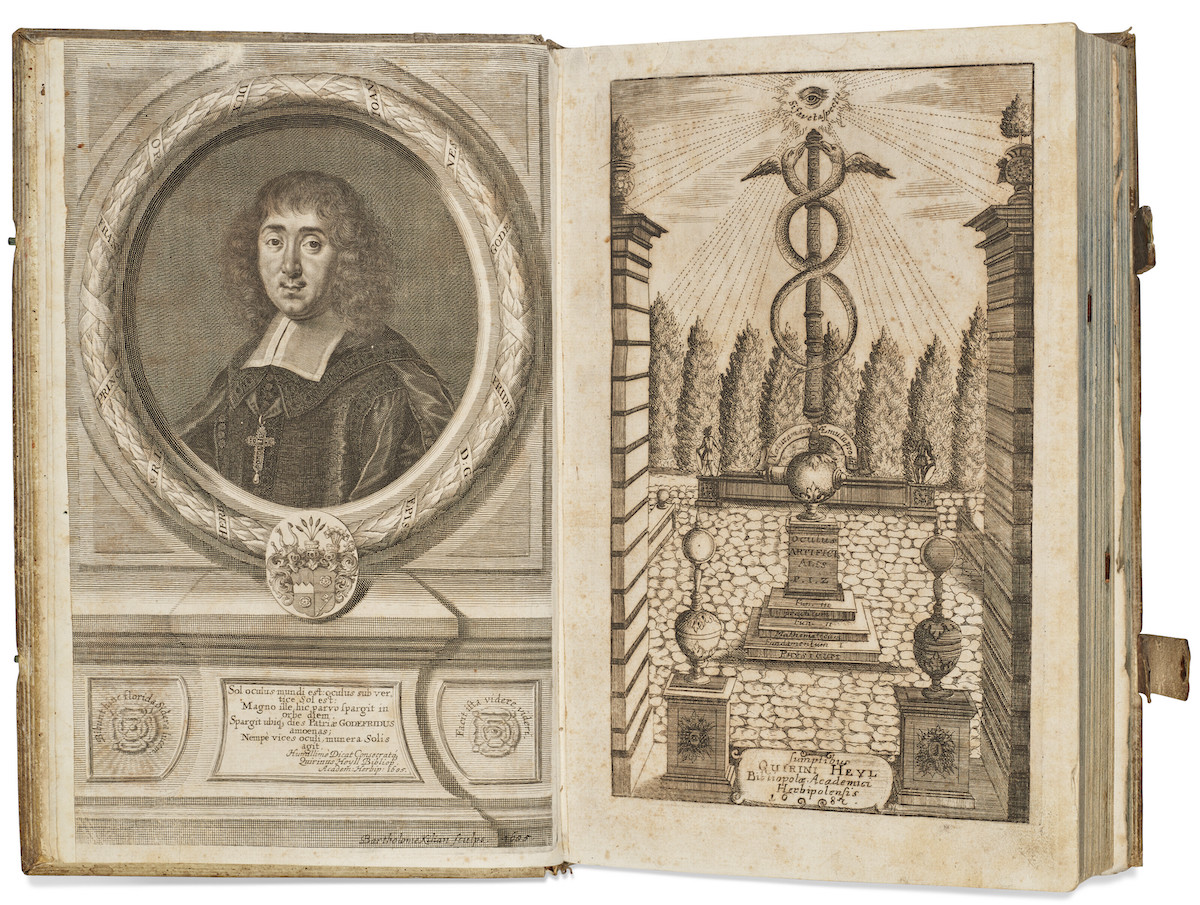
The German student of light Johann Zahn (29 March 1641 – 27 June 1707) published Oculus Artificialis Teledioptricus Sive Telescopium (The Long-Distance Artificial Eye, or Telescope) in 1685.
Through his descriptions and diagrams, illustrations and sketches Zahn shows readers the workings of the camera obscura and magic lantern (inventions he attributes to the German Jesuit scholar Athanasius Kircher (2 May 1602 – 27 November 1680)), along with more optical instruments: lanterns, slides, projection types, peepshow boxes, microscopes, telescopes, reflectors, and lenses. Zahn also designed several portable camera obscuras, containing a mirror reflex mechanism.
A few years later, in 1694 English physician and Rosicrucian Robert Hooke (17 January 1574 – 8 September 1637), presented a paper to the Royal Society and yet another camera obscura. This one was slightly cone shaped, and allowed the head and shoulders to be inserted. Hooke’s instrument allowed the viewer to observe and draw just about anything.
But what is unique about the camerae obscurae described by Zahn is. that they were fitted with combinations of lenses that are the basic system of our photographic cameras today.
It would be 150 years before Zahn’s designs were realised.
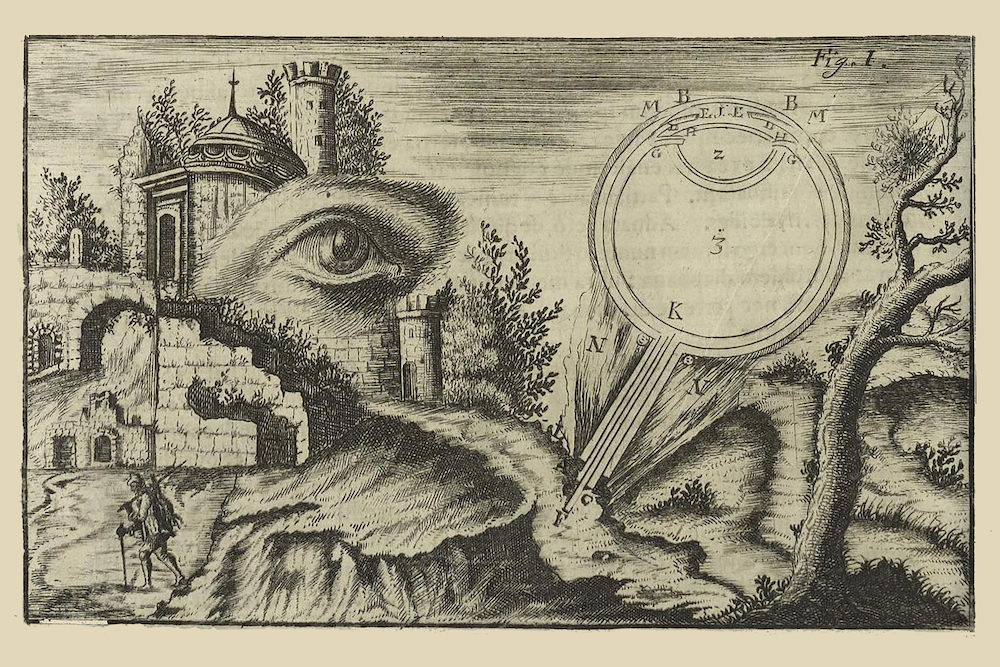
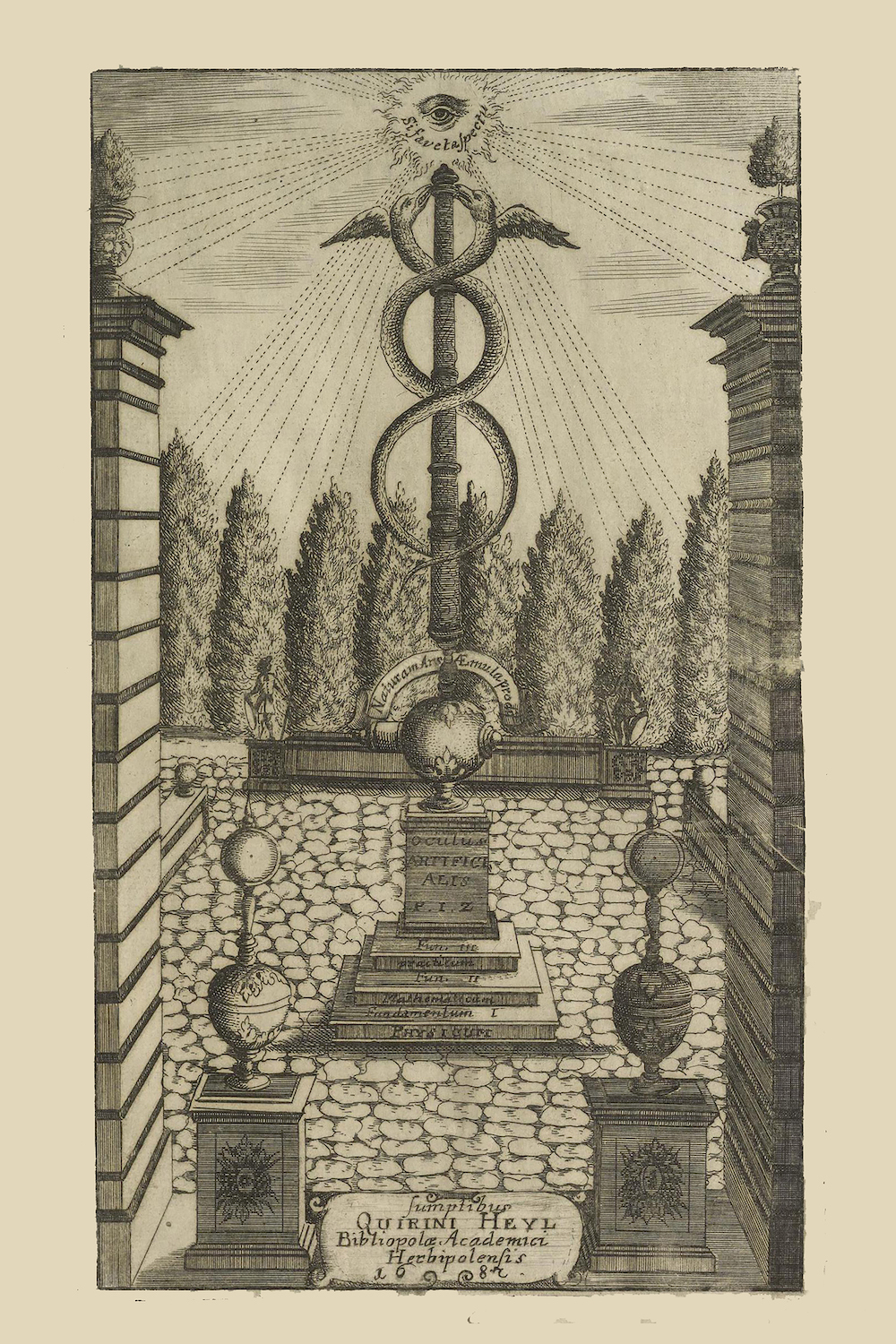
“In his Preface to the reader, Johannes Zahn adopts the word ‘Teledioptrica’ to indicate generally the art, craft, science, and practice of using lenses to extend, enhance, and correct vision. For Zahn, teledioptrics includes magnification by telescope and microscope, vision correction by spectacles, image capture by the camera obscura, and image projection by the magic lantern. He cites the benefits that teledioptrics has brought to man in peace, war, natural philosophy, economy, and medicine. And so, he makes clear the purpose and reason for his book: to describe in a full and complete form, all aspects of teledioptrics”
– DiLaura (via)
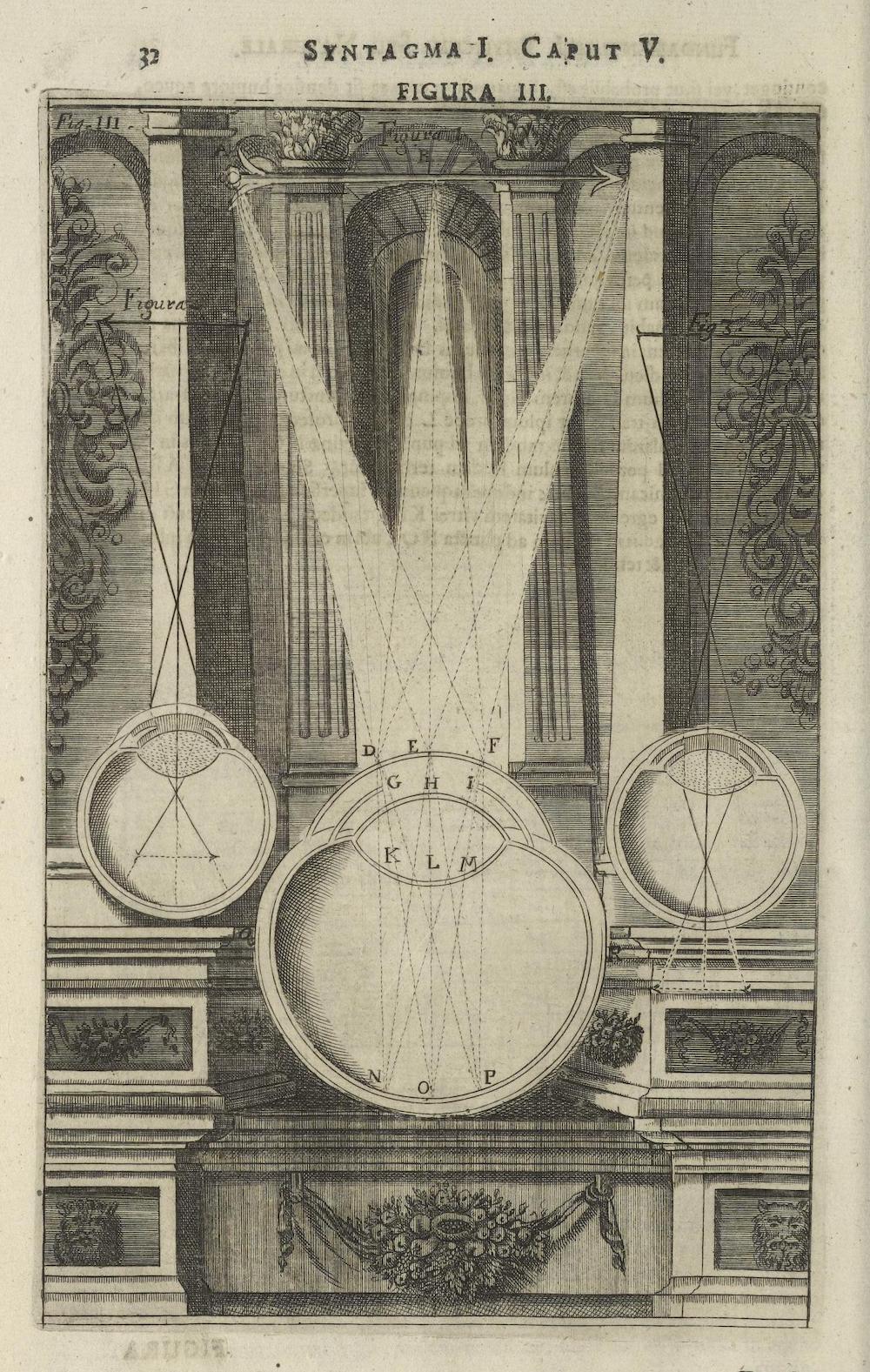
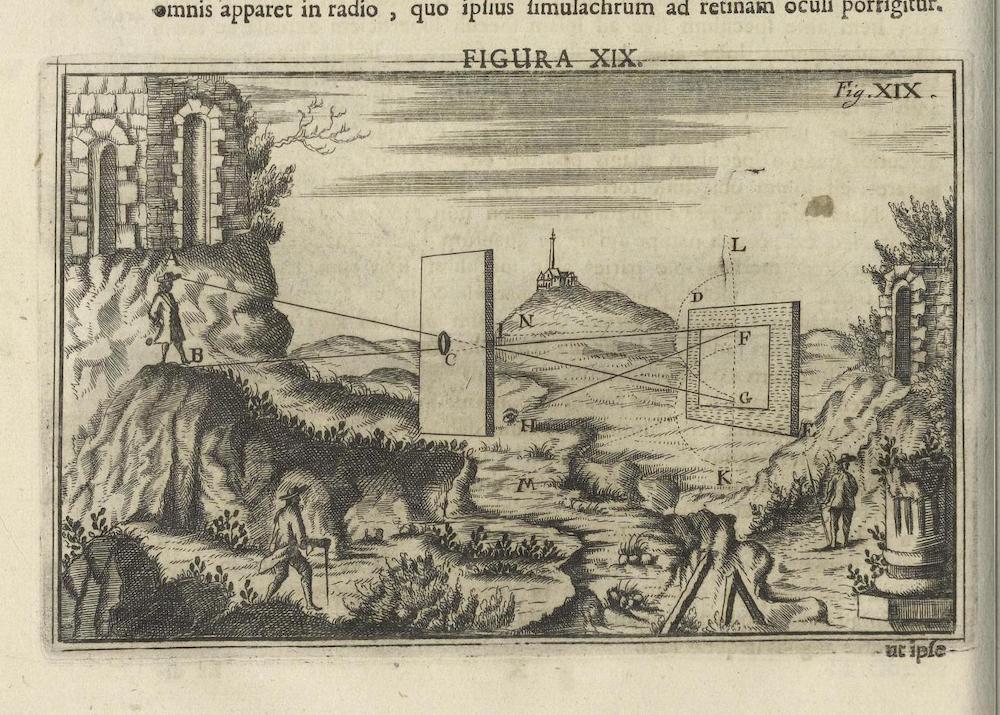
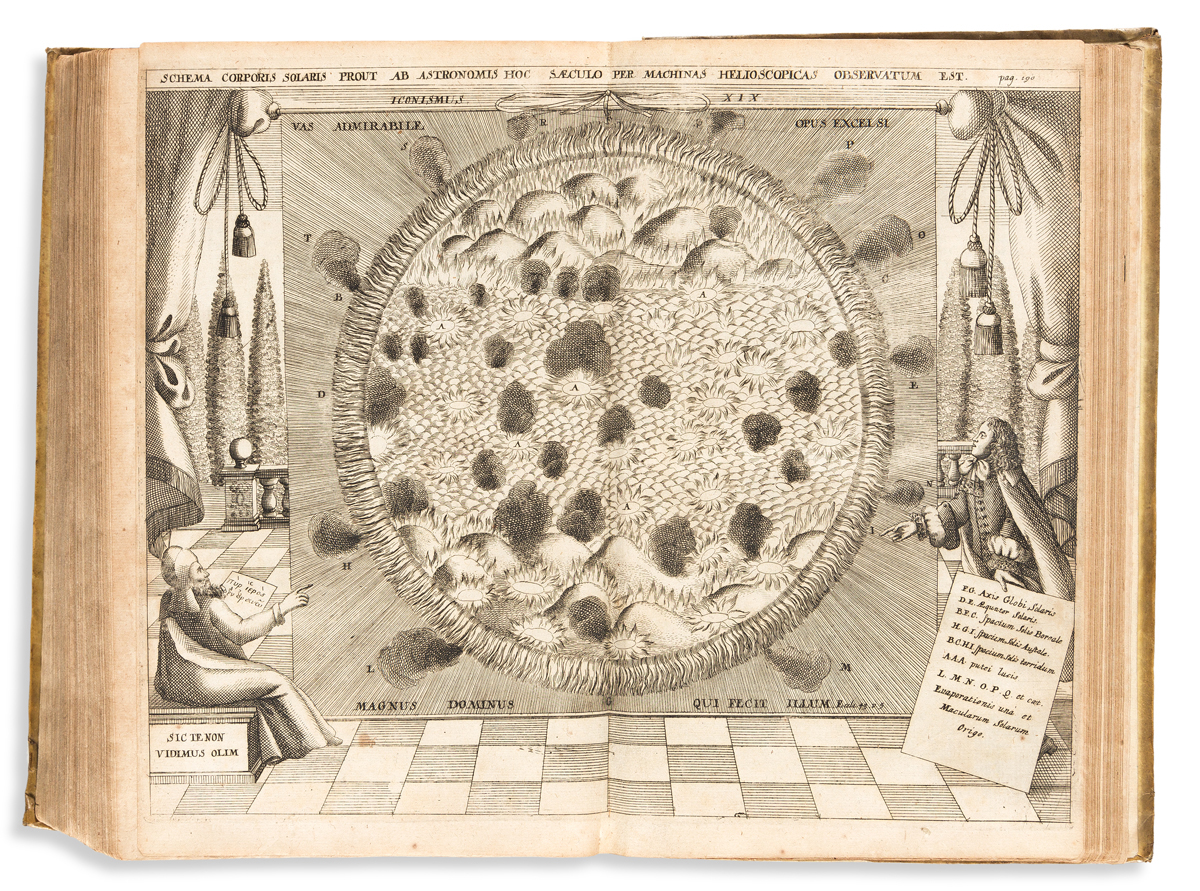
Among the illustrations is an early map of the moon, based on using the Chérubin d’Orléans (an eyepiece), a map of the sun showing sunspots and eruptions on the surface, and a depiction of the geocentric system (above).
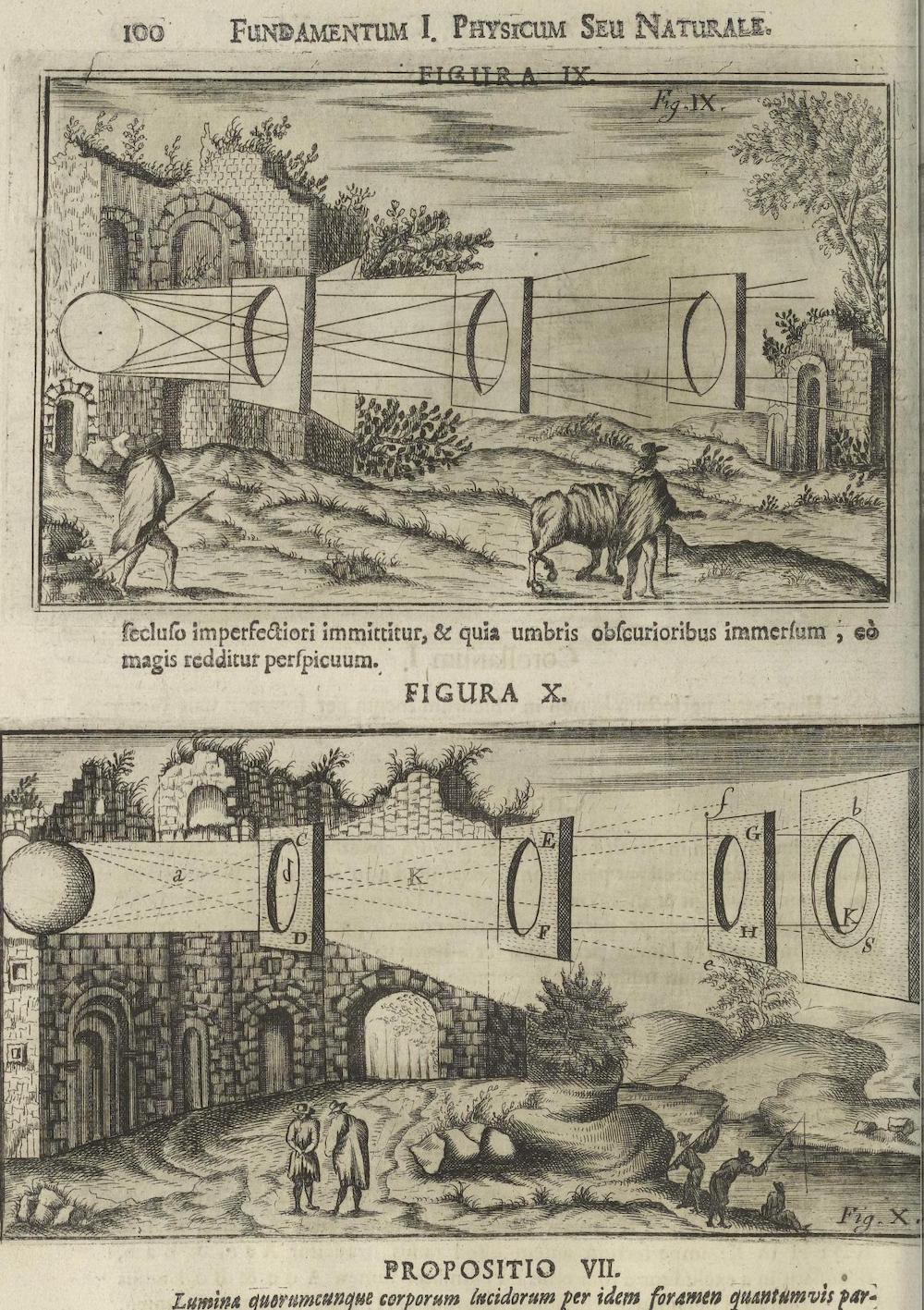

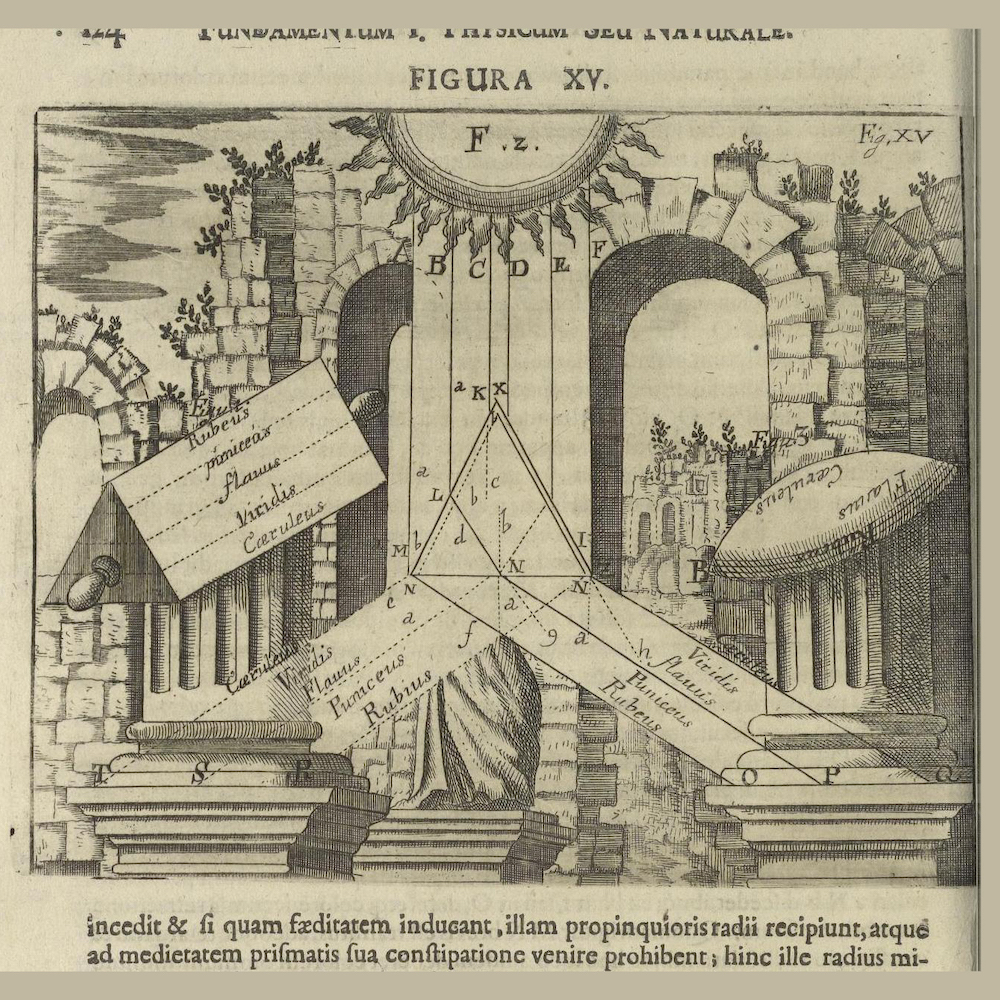
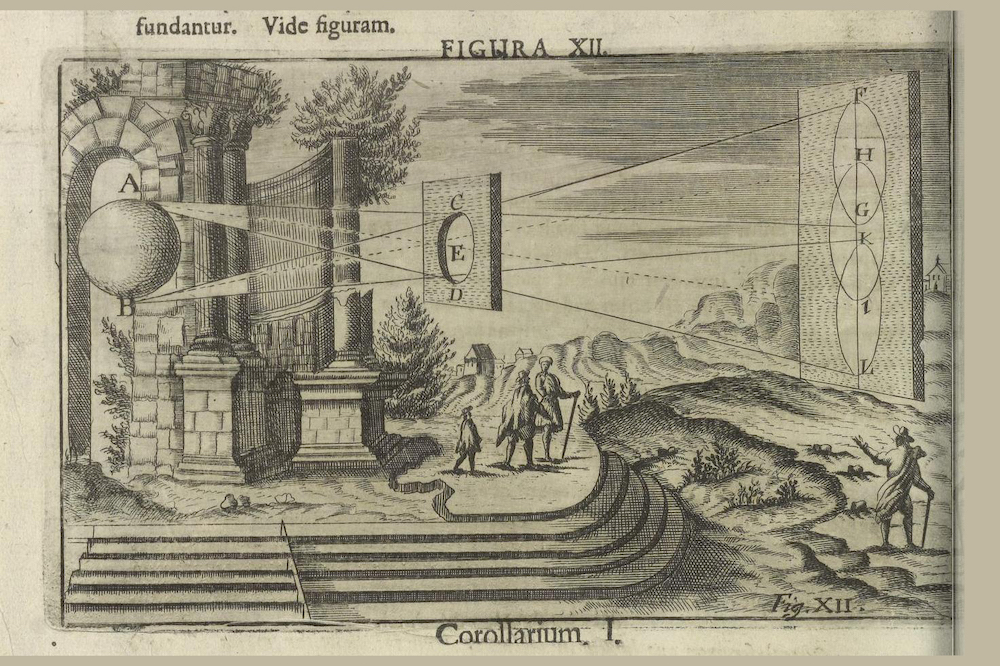
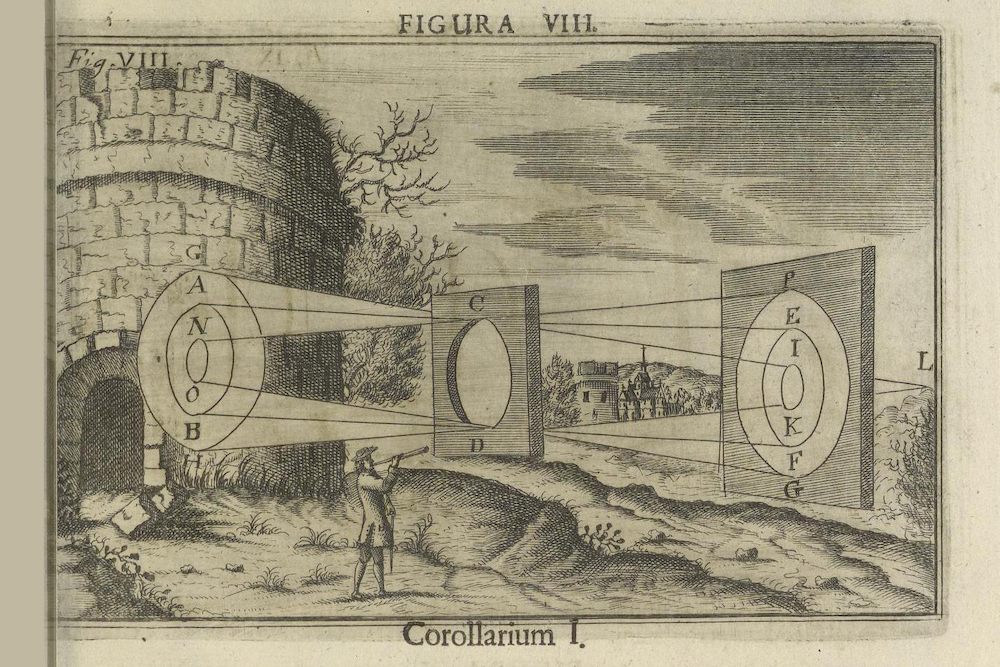
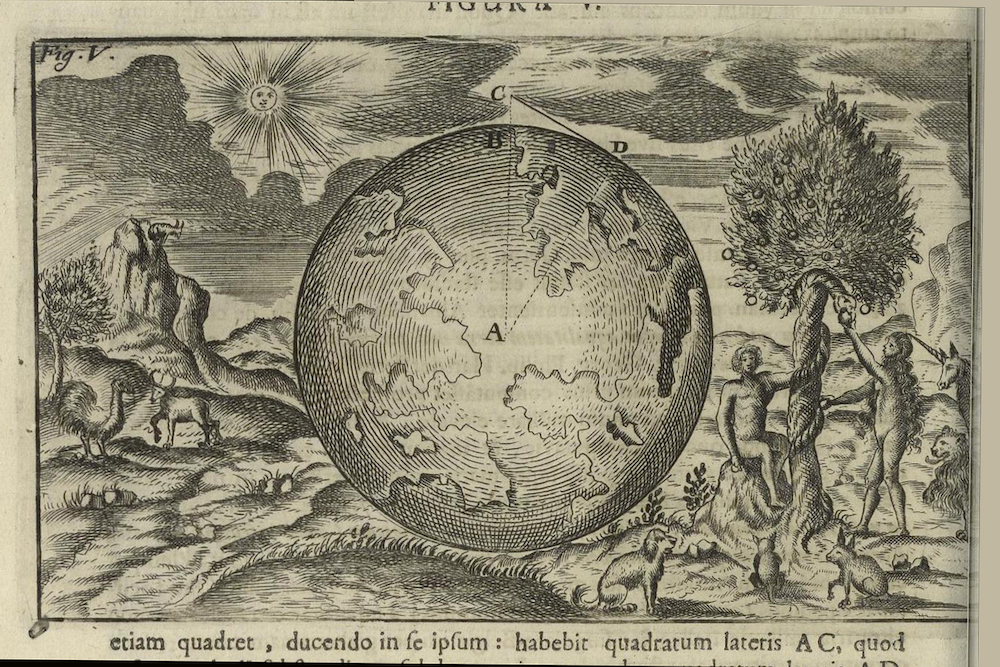
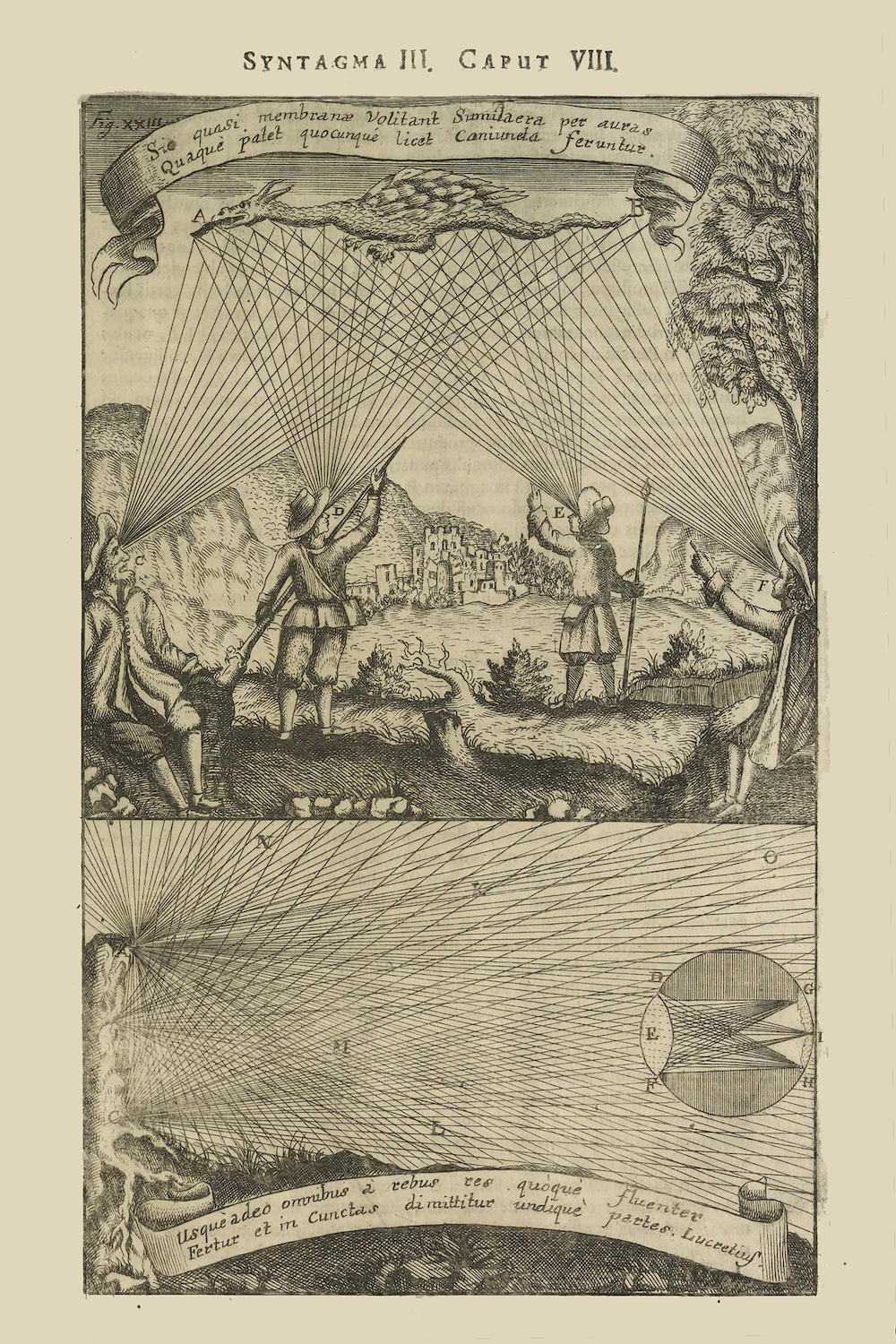
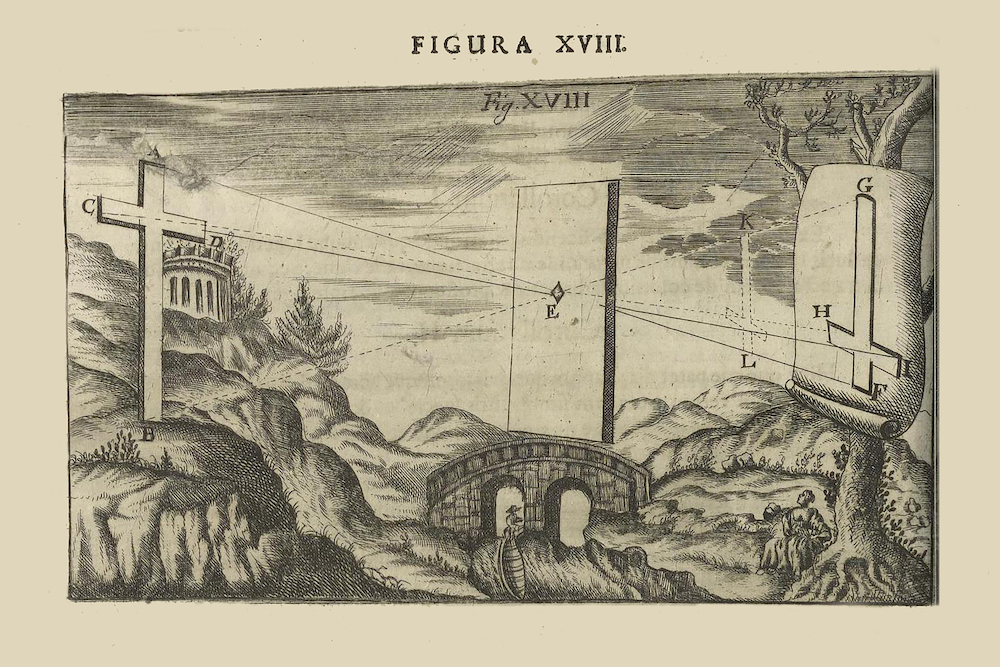
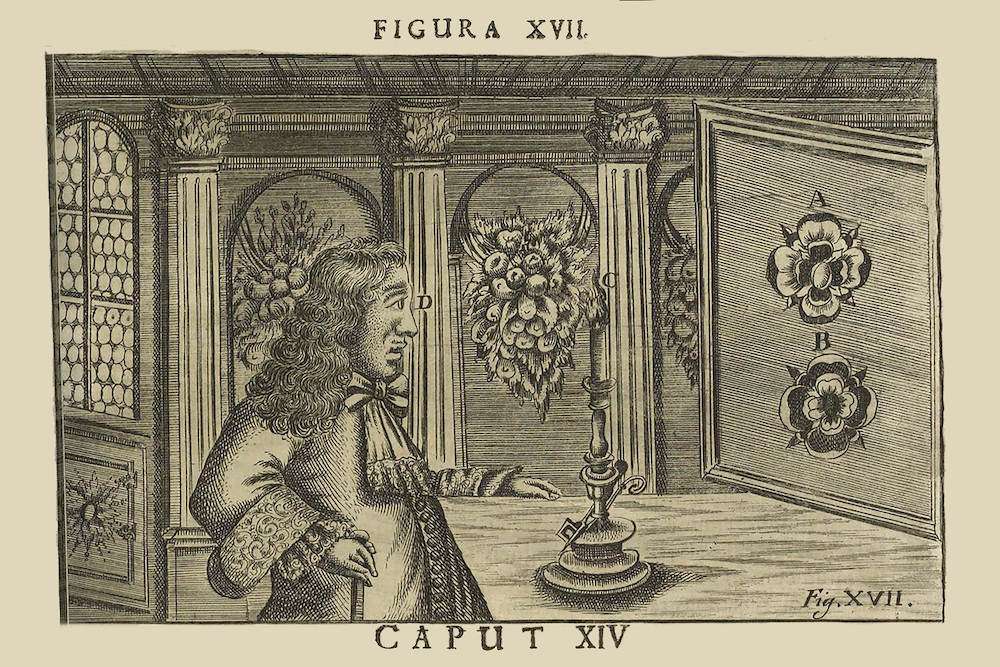
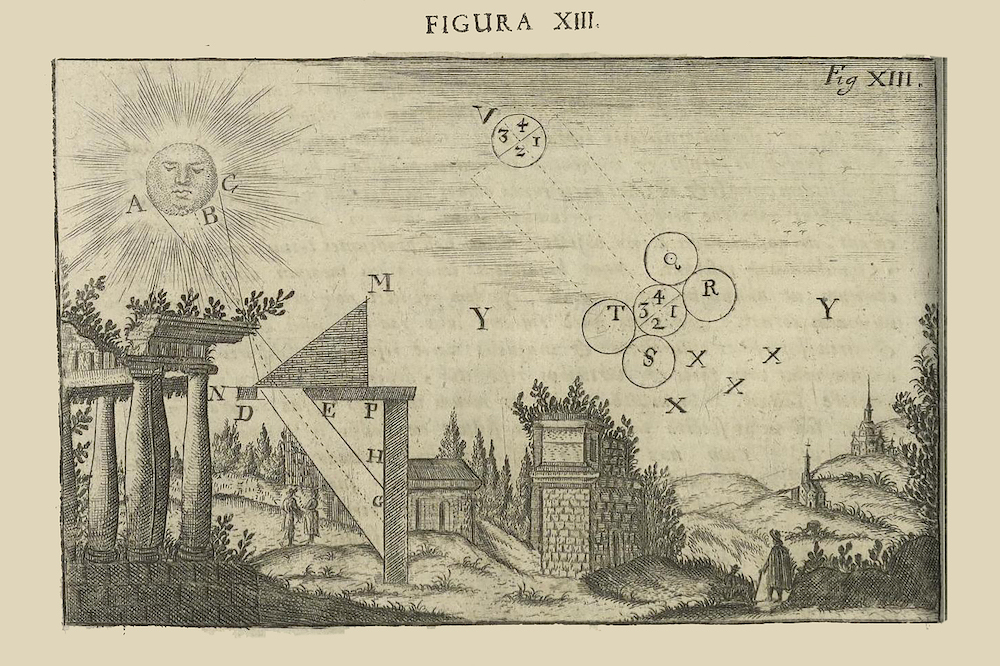
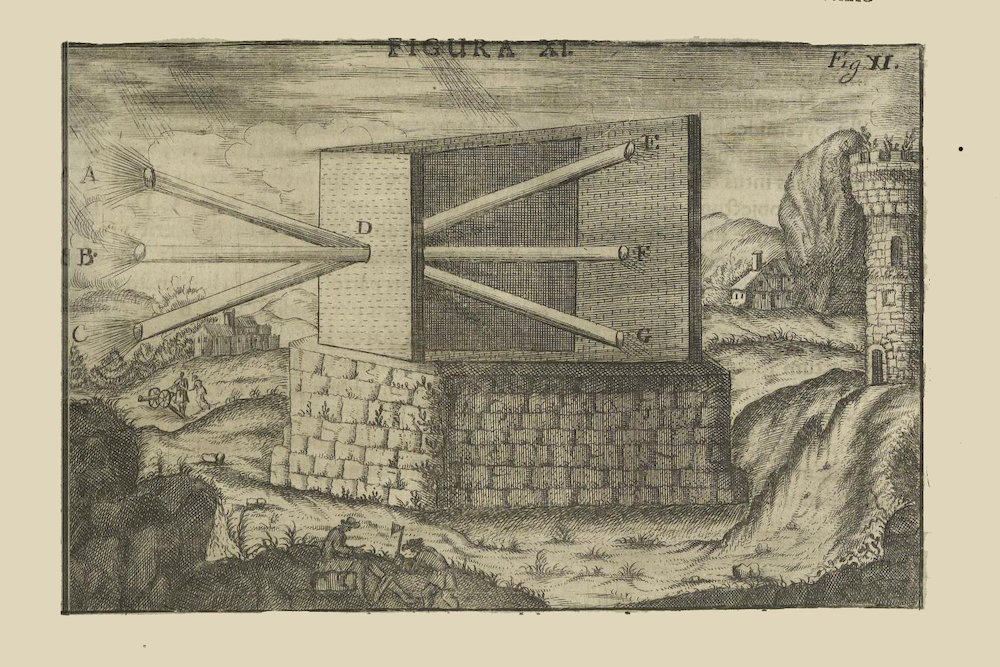
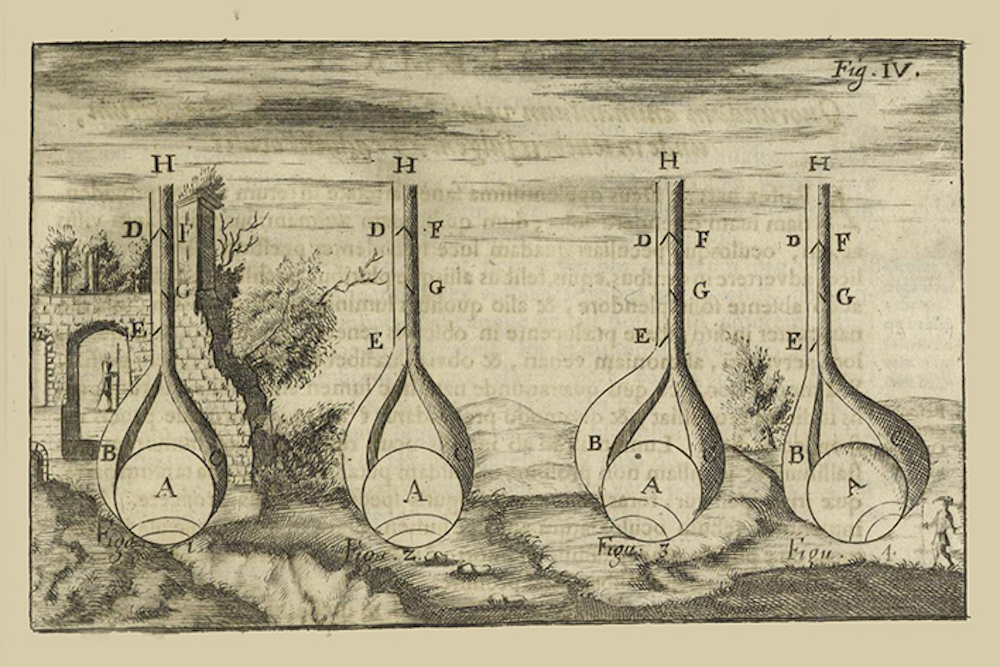
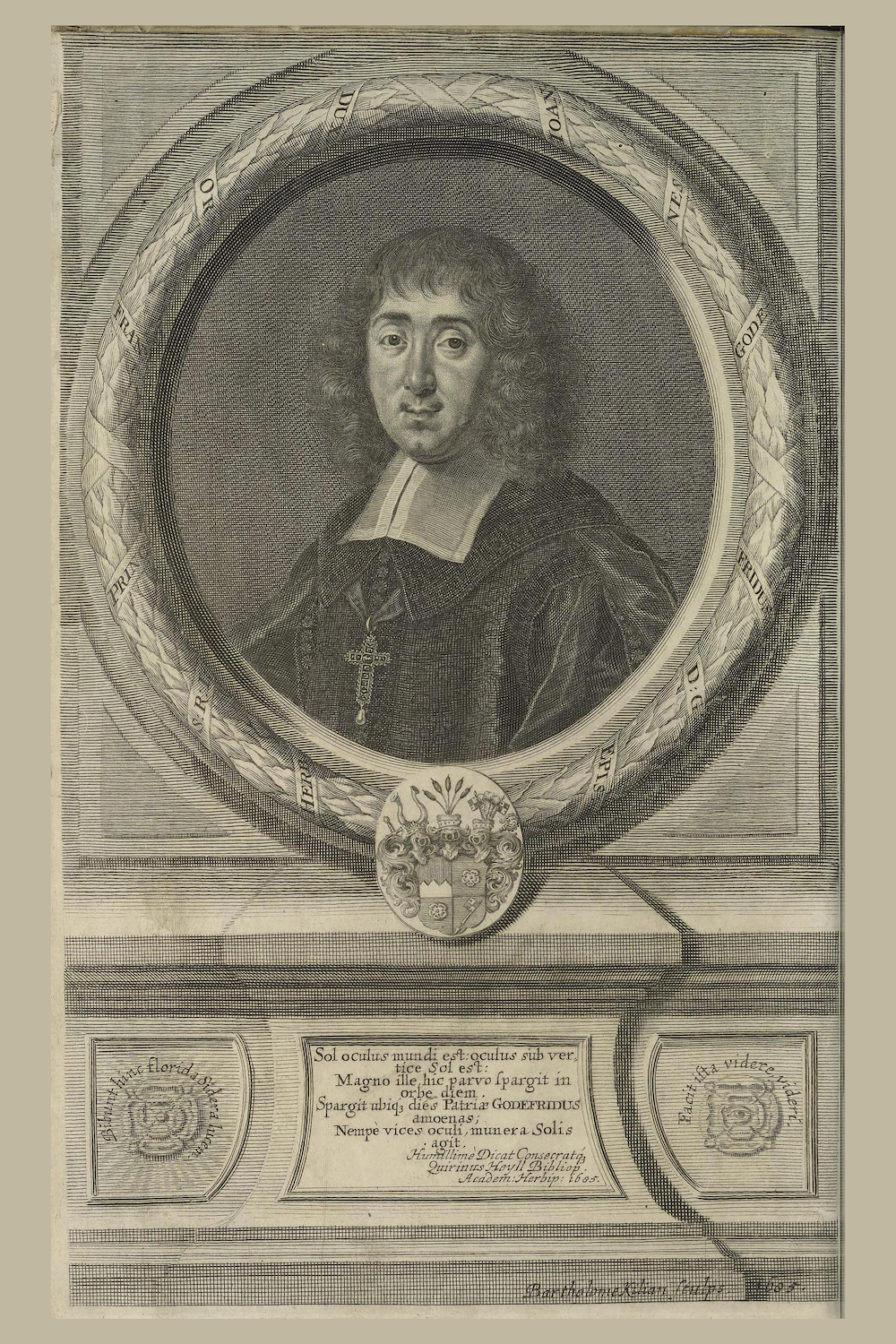
Would you like to support Flashbak?
Please consider making a donation to our site. We don't want to rely on ads to bring you the best of visual culture. You can also support us by signing up to our Mailing List. And you can also follow us on Facebook, Instagram and Twitter. For great art and culture delivered to your door, visit our shop.




